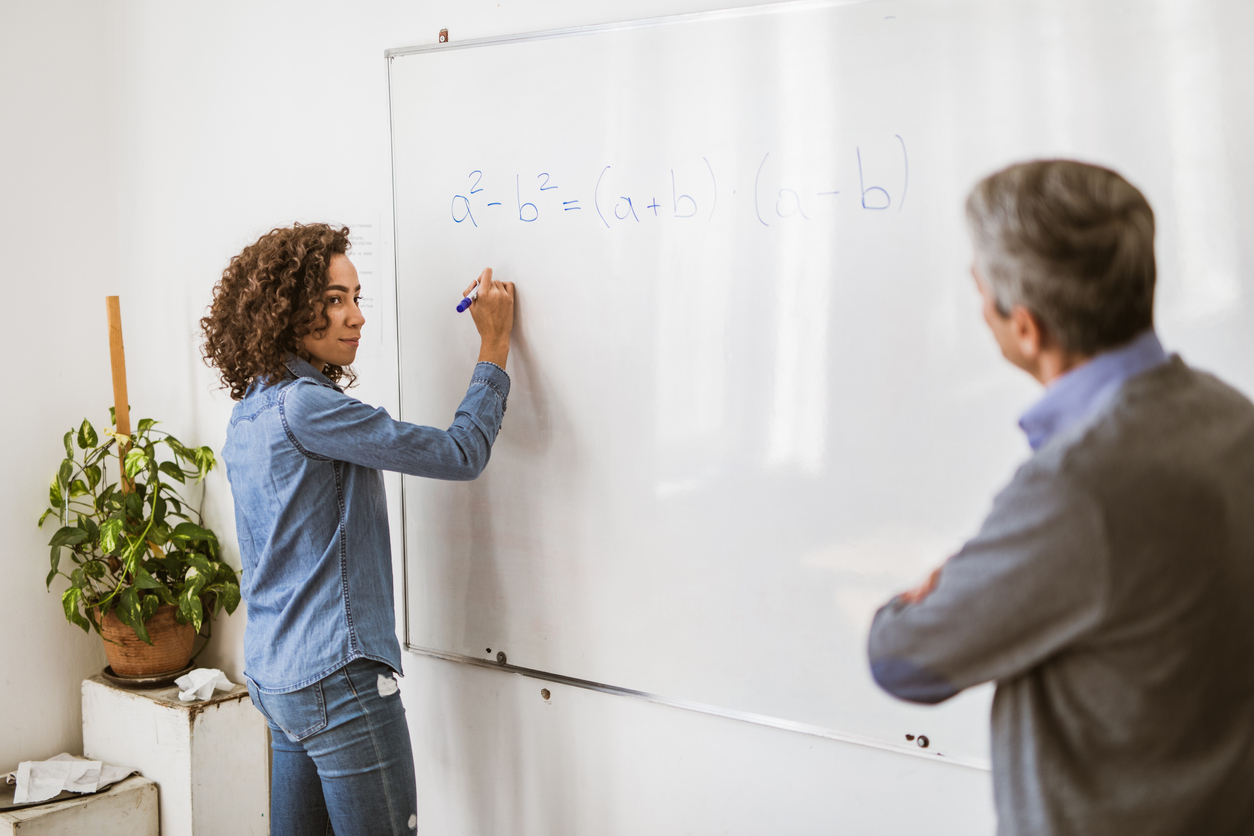The concept of differentiated instruction has been around a while, but it increasingly gets more attention. At The Tenney School, we take differentiated instruction to its foundation by creating an environment that places one student with one teacher. Learn more about what it means to have differentiated instruction in the classroom.
Differentiated Instruction Defined
Some people believe differentiated instruction is a curriculum you can follow. It’s not. It’s actually a teaching method. It’s a concept that can be put into practice with excellent results. As the name suggests, this type of instruction focuses on understanding the differences in each student. Once an instructor gets to know a student’s abilities, strengths, and weaknesses, she can then respond with appropriate types of assignments and tasks. This is meant to make the most out of the student’s education. It is a very personalized method of teaching, meeting needs as they arise, and encouraging growth throughout the year.
Challenges
Obviously, there are challenges involved. A teacher is limited simply by being human and only having a limited amount of time to spend with each student. A student cannot be thoroughly “known” inside and out by any teacher, no matter how much insight that the teacher has. In fact, a teacher striving to teach differently to different students may soon realize she has stepped into more than a full-time job. She will run against time constraints and be frustrated by her inability to be more than one place at once. A team of teachers or teaching assistants help the matter, but not many schools can afford that type of staff.
Differentiated instruction is based on the fact that children all learn differently. Some learn visually, others are tactile learners, and still, others learn best through listening. Plus, all these different children learn at different paces. This is a serious challenge for any teacher! Some ask, “Is it even possible?” In an ideal world, the classroom would contain all the different resources needed to meet all the different learning styles of all the students. In the real world, things like lack of funding, too much clutter, and chaos in the classroom can mess up our good intentions. A teacher who uses differentiated instruction needs to have the full support of her school and the parents to make it happen successfully.
Advantages
Creating a lesson plan that works for each student really gives the student an educational edge. The teacher meets the student where he’s at, challenges the student to learn using the approach he is most receptive to and makes the classroom a more organic, exciting, real-world type of environment. Different personalities can be encountered in the classroom with more flexibility and grace.
In order to become attuned to each student’s level, the teacher does a lot of assessment. This means that your child’s learning and growth is well-documented throughout the year. With so much assessment going on, the teacher stays on top of her game, knowing what needs to be reviewed and when to move forward.
One of the biggest advantages is that the classroom routine doesn’t become old and boring. With a differentiated approach, the teacher learns how to change up her lessons. She will do some teaching through lectures, use some digital teaching tools, allow some of the learning to be accomplished through worksheets, and some through classroom discussion. Students who don’t engage well during discussion time may show more engagement on the computer. Students are encouraged to participate in all types of learning styles, and they are allowed to thrive in the style that suits them best.
How The Tenney School Creates a Differentiated Instruction Experience
Our school features the ultimate in differentiated instruction. Students are taught in 1-to-1 classrooms. We have one teacher for every student in our school. What does this mean for your child?
- Personalized education
- Higher chance of success
- Lessons tailored to your child’s needs
Please contact us if you have questions about our student-teacher ratio and how that creates an excellent environment for your child’s education.
Sources:
https://www.thoughtco.com/differentiated-instruction-and-assessment-3111341
https://classroom.synonym.com/problems-differentiated-instruction-506608d0.html
https://inservice.ascd.org/7-reasons-why-differentiated-instruction-works/
https://www.scholastic.com/teachers/articles/teaching-content/what-differentiated-instruction/
https://www.aeseducation.com/blog/2016/03/pros-and-cons-of-differentiated-instruction


